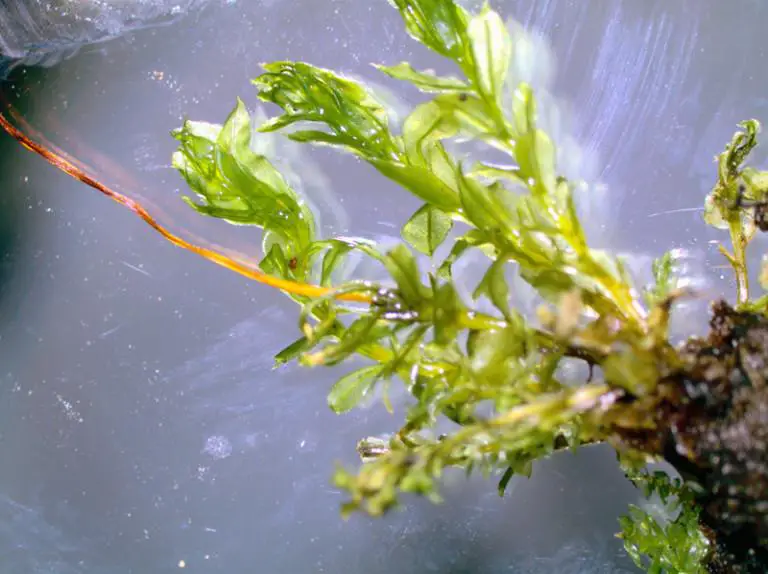
Mnium-cuspidatum-AH-255-gen-768×574.jpg from: https://sites.cortland.edu/bryophytes/field-guide/mosses/acrocarp/plagiomnium-cuspidatum/
Introduction
The world of mosses is a fascinating and often overlooked realm, home to a diverse array of tiny, resilient plants that have been around for millions of years. Among these unsung heroes of the plant kingdom is the Plagiomnium cuspidatum (Hedw.) T.J.Kop., a member of the Mniaceae family, commonly known as Plagiomnium. This unassuming moss may be small in stature, but it plays a crucial role in the ecosystems it inhabits and has captured the interest of bryologists and nature enthusiasts alike.
Background
Before delving into the intricacies of Plagiomnium cuspidatum, it’s essential to understand the broader context of mosses. These ancient plants belong to the division Bryophyta, which encompasses three classes: Bryopsida (true mosses), Marchantiopsida (liverworts), and Anthocerotopsida (hornworts). Mosses are non-vascular plants, meaning they lack the specialized tissues found in more complex plants for transporting water and nutrients. Despite their simplicity, mosses have evolved remarkable adaptations that allow them to thrive in a wide range of environments.
Main Content
Morphology and Identification
Plagiomnium cuspidatum is a pleurocarpous moss, meaning its stems grow horizontally along the substrate. Its leaves are arranged in a spiral pattern and are typically ovate to lanceolate in shape, with a distinctive cuspidate (gradually tapering to a fine point) apex. The leaves are glossy green in color and have a single costa (midrib) that extends partway up the leaf. The stems can reach lengths of up to 10 centimeters, and the plants often form dense mats or cushions.

629880_8cbae76c.jpg from: https://www.plantarium.ru/page/image/id/629880.html
One of the distinguishing features of Plagiomnium cuspidatum is its double peristome, which refers to the intricate ring of teeth-like structures surrounding the opening of the capsule (spore-bearing structure). This characteristic is shared by many members of the Mniaceae family and can aid in identification.
Global Distribution and Habitat
Plagiomnium cuspidatum is a cosmopolitan species, meaning it has a widespread distribution across the globe. It can be found on every continent except Antarctica, thriving in a variety of habitats, including forests, meadows, and even urban areas
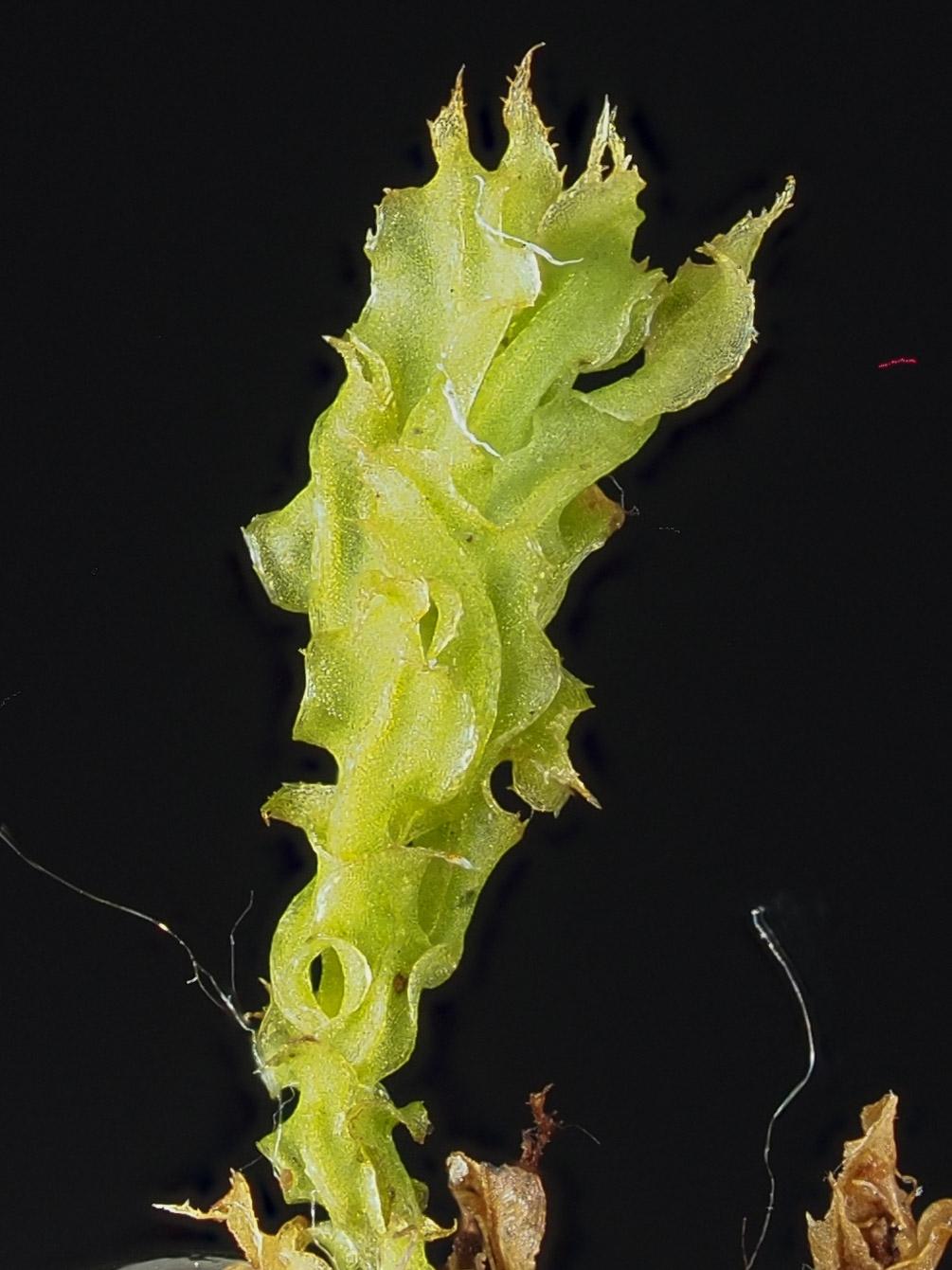
2022-08-01-17-45-03.jpg from: https://www.britishbryologicalsociety.org.uk/learning/species-finder/plagiomnium-cuspidatum/
. This moss prefers moist, shaded environments and is often found growing on soil, rotting logs, or the bases of trees.
Despite its global presence, Plagiomnium cuspidatum is particularly abundant in temperate regions of the Northern Hemisphere, where it plays a vital role in the understory of many forest ecosystems.
Ecological Roles and Adaptations
Like many mosses, Plagiomnium cuspidatum plays a crucial role in its ecosystem. It helps to retain moisture in the soil, creating a microhabitat for other organisms, such as insects, fungi, and microorganisms. Additionally, mosses like Plagiomnium contribute to the cycling of nutrients in the ecosystem by absorbing minerals from the substrate and releasing them back into the environment as they decompose.
One of the remarkable adaptations of Plagiomnium cuspidatum is its ability to desiccate and revive. During periods of drought, the moss can dry out completely, entering a state of dormancy. However, when moisture returns, it can rapidly rehydrate and resume its metabolic processes, a trait that has allowed it to thrive in a wide range of environments.
Case Studies/Examples
In a study conducted in the Pacific Northwest region of North America, researchers found that

643521_acb15f48.jpg from: https://www.plantarium.ru/page/image/id/643521.html
Plagiomnium cuspidatum played a crucial role in the regeneration of forest understories after disturbances such as logging or wildfires. The moss’s ability to rapidly colonize disturbed areas and create a suitable microhabitat for seedling establishment contributed to the recovery of these ecosystems.
Another example of the ecological significance of Plagiomnium cuspidatum can be found in urban environments. In cities like New York and London, this moss has been observed growing on the bases of trees and in small green spaces, providing a valuable habitat for invertebrates and contributing to the overall biodiversity of these urban areas.
Technical Table
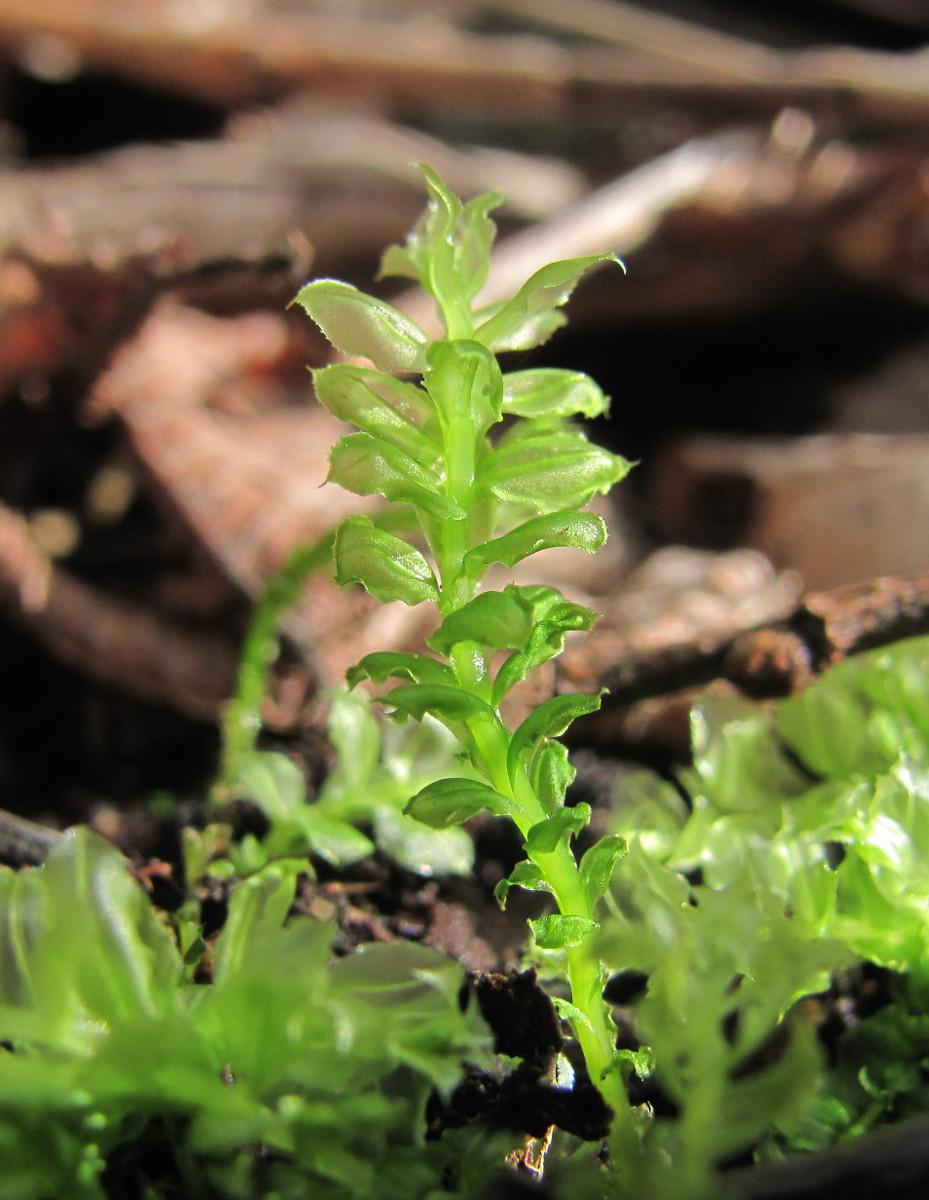
505405_1d5527b5.jpg from: https://www.plantarium.ru/page/image/id/505405.html
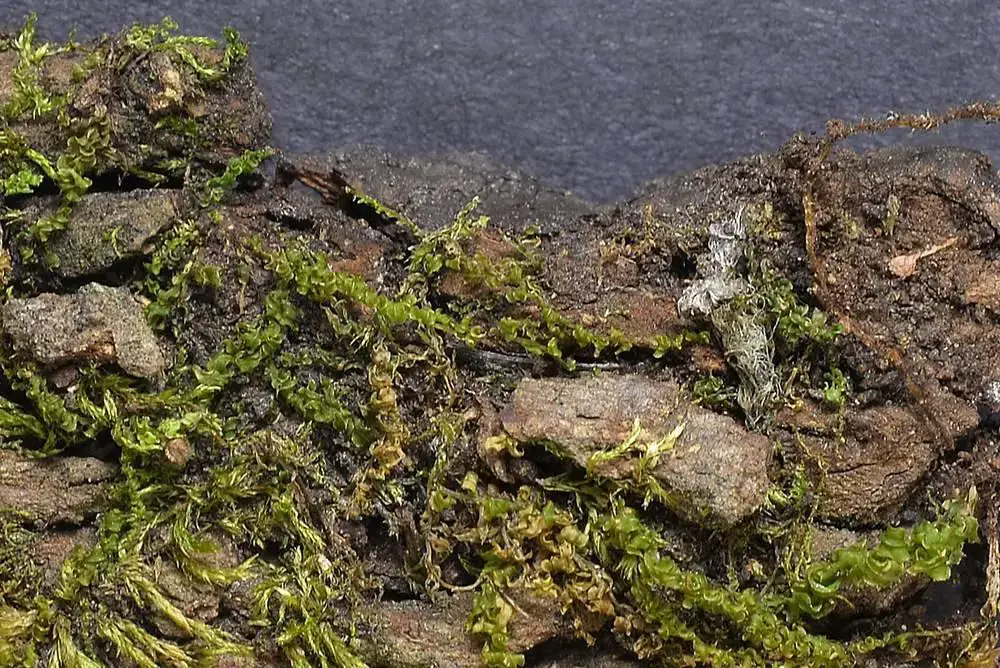
Plagiomnium_cuspidatum_SIA1901_1579747256.jpg from: https://bryophyteportal.org/portal/taxa/index.php?taxon=160283
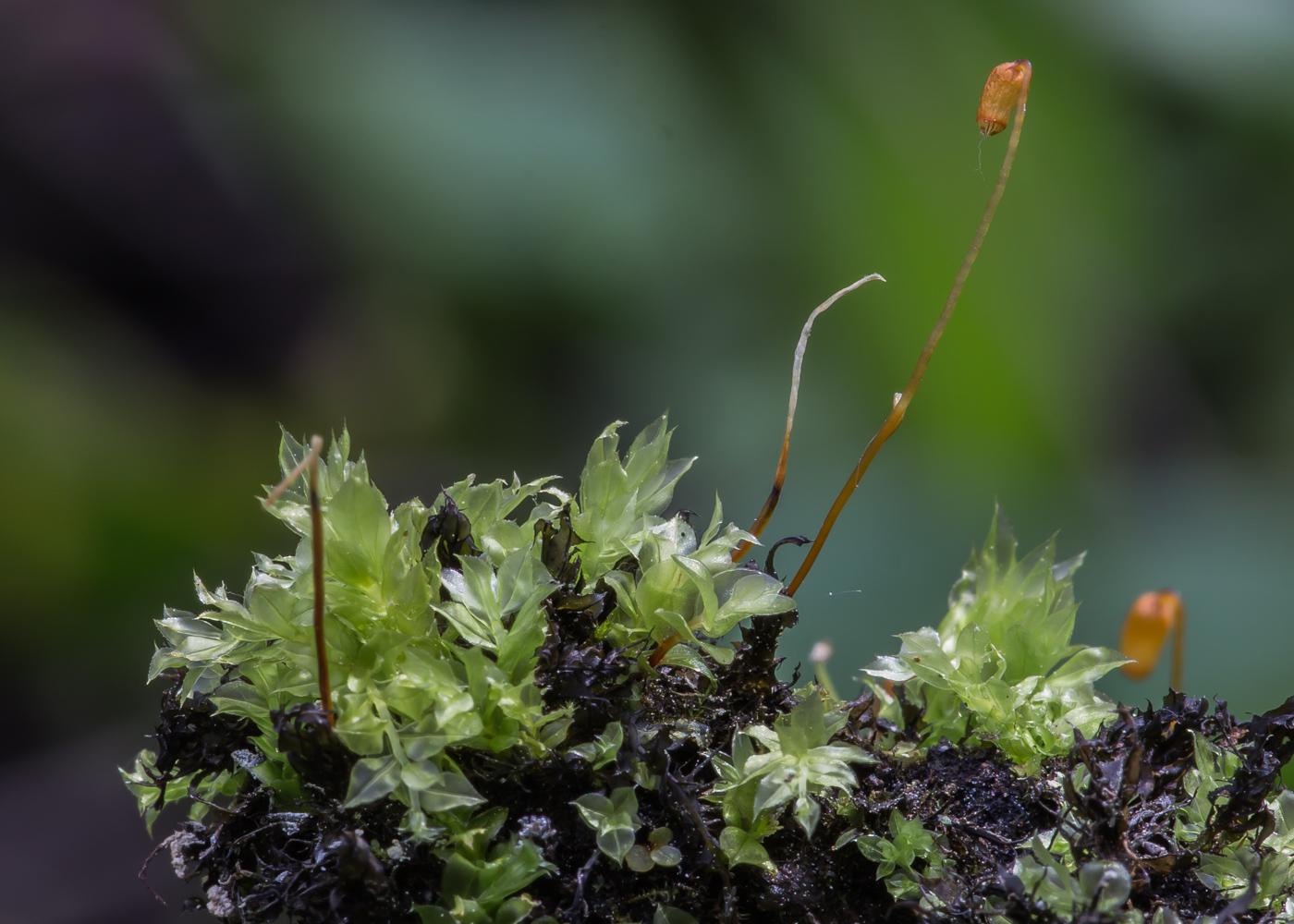
643751_e292b3b3.jpg from: https://www.plantarium.ru/page/image/id/643751.html
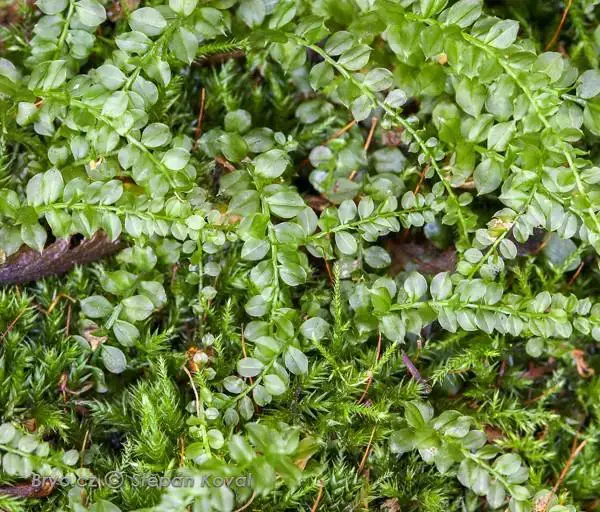
4471_Plagiomnium_cuspidatum_2009_07_27_9345.jpg from: https://www.bryo.cz/index.php?p=mechorosty_foto&site=default&gallery=plagiomnium_cuspidatum&id=4471
| Characteristic | Description |
|---|---|
| Scientific Name | Plagiomnium cuspidatum (Hedw.) T.J.Kop. |
| Family | Mniaceae
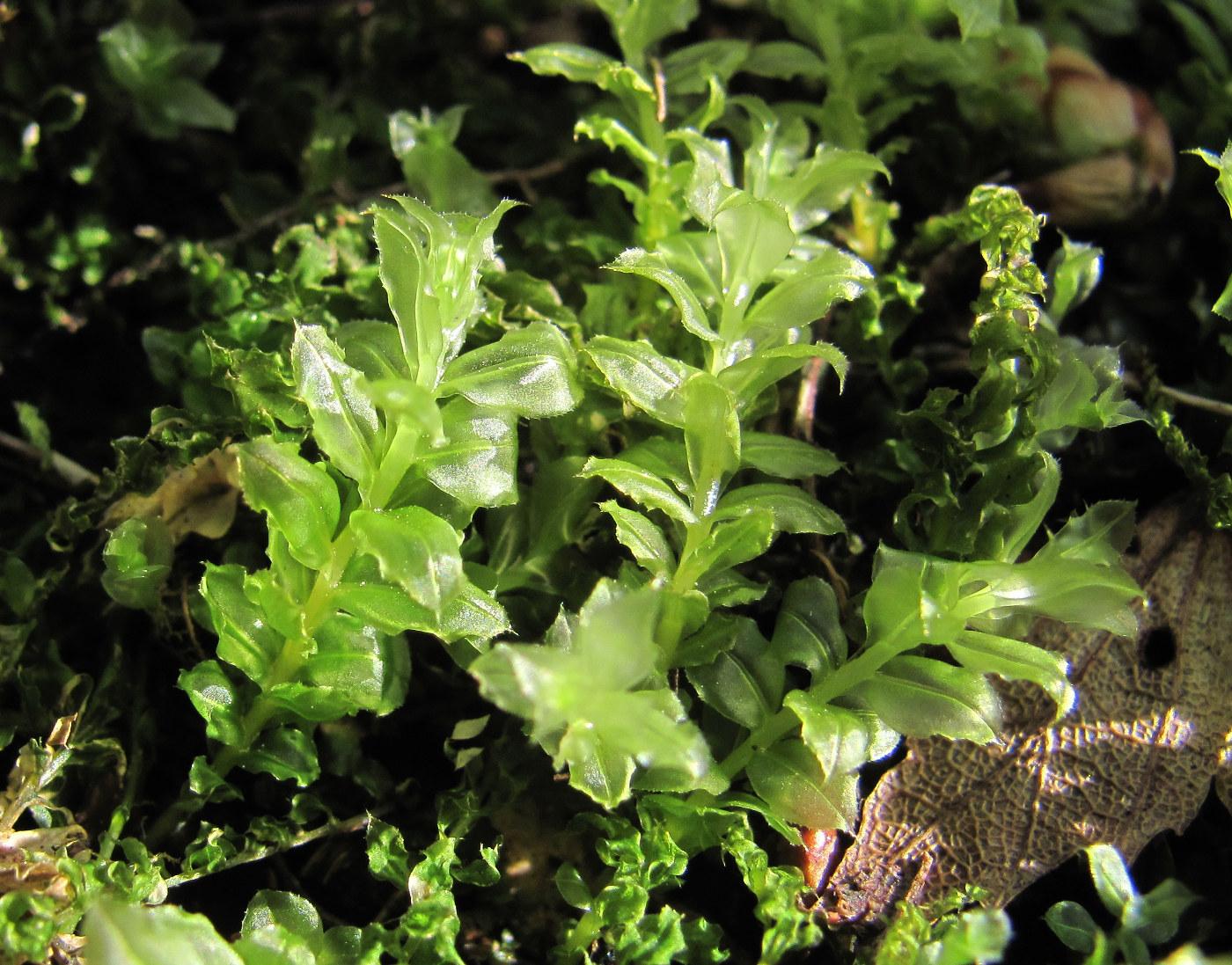 505404_1fa8ba26.jpg from: https://www.plantarium.ru/page/image/id/505404.html |
| Common Name | Plagiomnium |
| Growth Form | Pleurocarpous moss, forming dense mats or cushions |
| Leaf Shape | Ovate to lanceolate, with a cuspidate apex |
| Leaf Color | Glossy green |
| Stem Length | Up to 10 centimeters |
| Peristome | Double peristome |
| Habitat | Moist, shaded environments, forests, meadows, urban areas |
| Distribution | Cosmopolitan, found on every continent except Antarctica |
| Ecological Roles | Moisture retention, nutrient cycling, microhabitat creation |
| Adaptations | Desiccation tolerance, rapid rehydration |
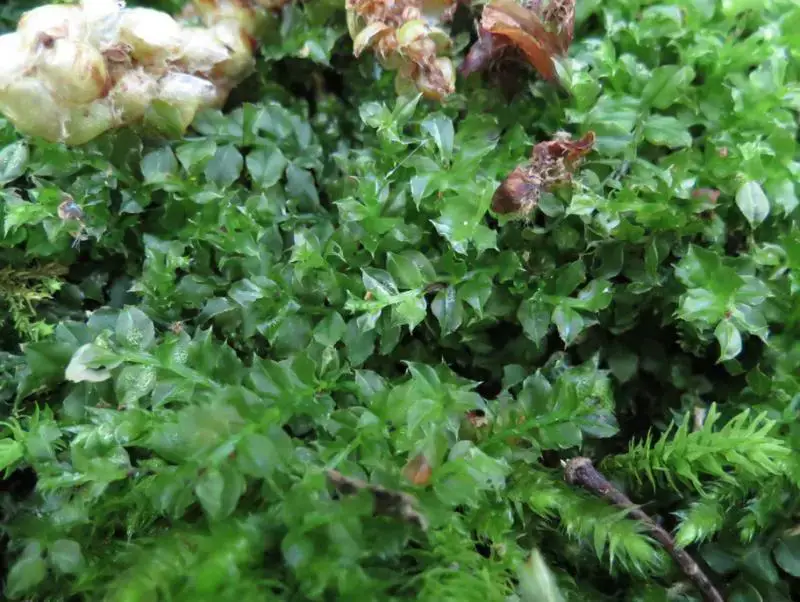
4784645.jpg from: https://waarnemingen.be/species/17511/
Conclusion
Plagiomnium cuspidatum may be small, but its impact on the ecosystems it inhabits is anything but insignificant. This unassuming moss plays vital roles in moisture retention, nutrient cycling, and habitat creation, contributing to the overall health and biodiversity of its environment. From the temperate forests of the Northern Hemisphere to the urban green spaces of major cities, Plagiomnium cuspidatum serves as a reminder of the importance of even the smallest organisms in maintaining the delicate balance of nature.
As we continue to explore and appreciate the wonders of the natural world, perhaps we can take a moment to appreciate the humble moss at our feet, for it may hold the key to understanding the intricate web of life that surrounds us.
Ponder this: In a world where we often overlook the smallest creatures, what other marvels might we be missing, and how can we cultivate a deeper appreciation for the interconnectedness of all life?